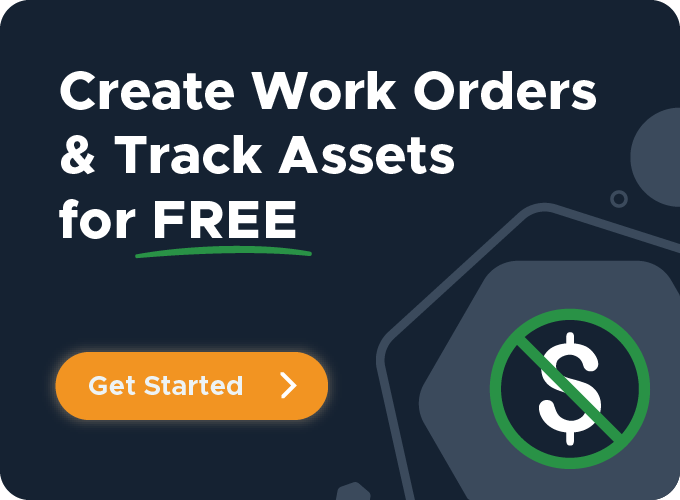Implementing a Computerized Maintenance Management System (CMMS) is a significant step for organizations aiming to enhance operational efficiency, improve asset management, and reduce maintenance costs. To fully realize these benefits, a structured implementation approach is essential. This guide outlines the timeline, key steps, common challenges, and best practices to ensure a successful CMMS deployment that aligns with your organization’s goals.
1. Why CMMS Implementation Matters
CMMS software helps centralizes maintenance data, streamlines work order management, and supports preventive maintenance, thereby reducing equipment downtime, extending asset life, and boosting productivity. By enabling data-driven decision-making, a CMMS transforms maintenance teams from reactive to proactive, paving the way for operational excellence.
2. CMMS Implementation Timeline and Key Phases
Implementing a CMMS typically involves multiple phases, with the timeline influenced by factors such as project complexity, data requirements, and organizational scale. Below is a sample timeline to guide your implementation process:
- Phase 1: Planning and Preparation (1-2 Months)
Define objectives, assemble the project team, and select a CMMS that aligns with your organization’s needs. During this stage, it’s crucial to understand operational pain points, set achievable goals, and allocate resources. - Phase 2: System Setup and Data Migration (1-3 Months)
Configure the system according to operational requirements, migrate essential data (e.g., asset details and maintenance history), and ensure data integrity. Accurate data is essential for reliable performance. - Phase 3: Training and Pilot Testing (1 Month)
Provide team training and conduct pilot tests to identify and address potential issues. This phase helps familiarize the team with the CMMS interface and functionalities to ensure effective usage. - Phase 4: Full-Scale Rollout (1-2 Months)
Deploy the CMMS organization-wide, with close monitoring to catch any issues early. Establish support mechanisms to assist users as they adapt to the system. - Ongoing Optimization and Evaluation
Post-launch, evaluate system performance and collect user feedback regularly. Continuous improvement of the CMMS ensures it remains a valuable asset as organizational needs evolve.
3. Essential Steps for a Successful CMMS Implementation
To maximize the impact of a CMMS, follow these structured steps:
Step 1: Define Objectives and Scope
Outline specific goals for the CMMS and determine which assets and processes it will cover. Clarity in scope helps avoid unnecessary features that complicate usage and ensures the system meets real needs.
Step 2: Build a Cross-Functional Project Team
The project team should include members from maintenance, operations, and IT. A diverse team ensures that all functional requirements are met and promotes cross-departmental buy-in.
Step 3: Choose the Right CMMS
Choosing the right CMMS software that is scalable, customizable, and user-friendly is critical. Evaluate options based on key criteria like reporting capabilities, mobile access, and integration with other systems. Limble CMMS offers a comprehensive solution that can be tailored to various organizational needs.
Free Guide to Choosing the Right CMMS Software
Step 4: Data Migration and Preparation
Data migration is often one of the most challenging aspects of CMMS implementation. Ensure data is clean, accurate, and consistent before migration to avoid issues in the system’s functionality.
Step 5: Customize the CMMS to Fit Your Workflows
Tailor the CMMS setup to reflect your unique workflows and asset types. Customization ensures the system aligns with maintenance requirements and enhances user engagement.
Step 6: Conduct Comprehensive Training
Provide hands-on training tailored to each user’s role within the CMMS. Effective training boosts adoption rates and ensures users are comfortable with all core features.
Step 7: Pilot Test the System
Run pilot tests to troubleshoot any issues and optimize the setup before the full-scale launch. Testing helps identify and address any overlooked configuration or usability concerns.
Step 8: Go Live and Offer Support
Launch the CMMS and provide ongoing support to resolve any initial technical or usage challenges. Monitor system performance and ensure it delivers on the intended benefits.
Limble Provides World-Class 24/7 Support
4. Challenges in CMMS Implementation
Implementing a CMMS can be complex, with common challenges including:
- Data Quality and Migration Issues: Inconsistent or incomplete data can impact CMMS reliability. Ensure data is well-prepared and accurate before migration.
- User Resistance to Change: Employees may resist adopting a new system. Clear communication and highlighting the CMMS benefits can help drive acceptance.
- Customization and Scalability: Customizing the CMMS to meet current needs while planning for future scalability requires careful planning to avoid system limitations down the line.
5. Best Practices for a Successful CMMS Implementation
- Engage Stakeholders Early: Involve relevant teams in the planning phase to build support and ensure the CMMS addresses all necessary requirements.
- Prioritize Data Accuracy: Clean, structured data is foundational for an effective CMMS. Accurate data ensures reliable insights and smooth functionality.
- Focus on Training and Ongoing Support: Providing comprehensive training helps users feel confident in the CMMS and improves overall efficiency. Regular support encourages continued user engagement.
- Evaluate and Adjust Post-Implementation: After launch, gather user feedback and assess the CMMS’s impact on maintenance operations. Adjust system settings as needed to address evolving organizational needs.
6. Benefits of a Successfully Implemented CMMS
A well-implemented CMMS reduces downtime, increases asset reliability, optimizes maintenance costs, and empowers maintenance teams with actionable data insights. Additionally, it promotes regulatory compliance and fosters a proactive maintenance culture, ultimately driving a more efficient and resilient operation.
Conclusion
The transition to a CMMS can be transformative, yielding substantial improvements in asset management and operational efficiency. By following a structured implementation process, addressing common challenges, and incorporating best practices, your organization can unlock the full potential of a CMMS.
